This has got to be a new low for TEPCO, though TEPCO continues to surprise.
From Mainichi Shinbun (1/4/2014; part):
福島原発事故避難:東電 社員に賠償金返還を要求
TEPCO demands employees who were displaced by Fukushima I NPP accident to return [part of] the compensation money
東京電力福島第1原発事故による避難に伴う賠償金を巡り、東電が昨春以降、社員に対し既に支払った1人当たり数百万円から千数百万円の賠償金を、事実上返還するよう求めていることが関係者の証言で分かった。確認されただけで、総額は1億円を超えるとみられる。...返還請求により、20歳代の若手社員らが次々と退社しており、原発の復旧作業に影響が出かねない対応に批判の声が上がっている。
It has been revealed by people concerned that since last spring TEPCO has been demanding its employees who have been displaced by the Fukushima I Nuclear Power Plant accident to practically return the compensation money of several million yen [tens of thousands of US dollars] to over 10 million yen [over US$100,000] that they each received. ... Because of this demand to return money, young TEPCO employees in their 20s are quitting the job in droves, which could jeopardize the work to restore the plant.
... しかし、ある男性社員は、2012年秋に賠償を打ち切られた。「立ち入り制限のない区域の賃貸住宅に転居した11年夏の時点で避難は終了したとみなす」というのが理由だ。転居前も賃貸住宅に住んでいたのだから、別の賃貸住宅に引っ越した段階で避難は終了した、という。しかし、社員以外なら引っ越しを伴う以上、賠償は打ち切られない。
One male employee had his compensation cut off in fall of 2012. The reason was that "he moved to a rental house in the area with no entry restriction in summer of 2011, at which time the evacuation due to the accident is considered by TEPCO to have been over." [In TEPCO's logic,] since he had lived in a rental house before the move, the evacuation was over when he moved to another rental house. However, compensations for people who are not TEPCO employees are not cut off when they relocate.
男性社員を驚かせたのは昨春、賠償実務を担う東電の「福島原子力補償相談室」(東京都千代田区)から届いた文書。「控除させていただく調整額について」との表題に続き「(既に)お支払いした金額と、正しく算出した金額が異なっていることが確認された」として、差額が数百万円に達すると記載されていた。東電側は、引っ越し(11年夏)以降に受領した数百万円の差額を「もらい過ぎ」と判断したとみられる。
What surprised him was a document he received last spring from TEPCO's "Fukushima Nuclear Compensation Counseling Office" which is in charge of compensation. The title of the document said "Adjustment that we would humbly deduct [from future payment]", and the body text said "It has been confirmed that the amount that we have already paid you and the amount that has been correctly computed differ," and the difference amounts to several million yen. It looks TEPCO has decided that several million yen that he received after he moved (summer of 2011) was "in excess".
男性社員が相談室に電話し「控除」の意味を聞くと「今後の支払いから相殺する」と答えた。賠償を打ち切られ、今後の支払いのない社員にとっては事実上の返還請求だ。男性が「今すぐ返せというのか」と重ねて聞くと「返還方法は決まっていない」と答えた。
The employee called the Counseling Office and asked what it meant by "deduct". The answer was that the amount he received in excess would be offset by the future payment. Since he has no future payment coming, as the compensation was cut off, this is practically a demand for the return of money. He further asked, "Are you telling me to return right now?" The answer was "We haven't decided how to have the money returned."
男性社員は13年に原発ADRに申し立て。原発ADRは東電の主張を退け「避難は現在も続いている」とし、賠償金の返還義務を否定したうえで、逆に数百万円の支払いを東電に命じる和解案を示したが、東電は拒否した。
The man asked the Nuclear Damage Compensation Dispute Resolution Center for mediation of settlement in 2013. The Center rejected TEPCO's claim and considered the evacuation was still ongoing for the man and threw out the obligation to return the compensation money. The Center's settlement offer would have TEPCO to pay additional several million yen to the man, but TEPCO refused the offer.
複数の証言を総合すると、返還請求を受けている社員は少なくとも15人おり、総額は1億円を超す。ある社員は取材に対し「賠償を打ち切られた社員は約100人。その多くが返還請求を受けている」と話した。
From testimony from multiple sources, there are at least 15 employees who are asked to return the money, and the total exceeds 100 million yen [US$1 million]. One employee told Mainichi that "there are about 100 employees whose compensations have been cut off. Most of them have been asked to return the money."
東電は10月、福島県内で執行役ら幹部と社員との意見交換会を開いた。毎日新聞が入手した、その際のやり取りを記録した音声データによると、社員らは「振り込まれた金まで返せということで、皆の怒りが爆発している」と憤った。幹部は「よく調べてみます」と述べたが、その後も対応は変わらないという
In Fukushima Prefecture in October [last year], TEPCO held an informational meeting between the top management and the employees. Mainichi Shinbun obtained the audio data of the meeting. The employees angrily told the management, "Everyone is pissed that they are required to pay back the money that was transferred [to their bank accounts]." The management said they would investigate, but there has been no change.
100 million yen. A pittance for TEPCO. Just claw back the retirement money from the then-chairman Katsumata and then-president Shimizu. But instead, they want to collect from its own employees who have been working in the irradiated, wrecked nuclear power plant.
Also from Mainichi (1/4/2014; part):
福島原発事故:賠償金返還請求「高線量下、作業したのに」
Demand to return the Fukushima I Nuclear Power Plant accident compensation money: "We worked in the high radiation[, and we get this]"
東京電力から賠償金の返還請求を受けた男性社員のうち一人は、福島第1原発の事故直後、吉田昌郎・元所長(死去)の指揮の下、最前線で収束作業に当たった。高い放射線量の中、震えながら作業したが、会社の対応は冷たい。希望を失い若い社員が次々と退社していく。士気の低下は著しく、廃炉作業に暗雲がたれこめている。
One of the male employees who have been asked by TEPCO to return the compensation money worked under the then-plant manager Masao Yoshida right after the start of the Fukushima I Nuclear Plant accident to restore the plant. He worked in the high radiation environment, shaking [with fear of high radiation]. But the company's treatment is cold. Losing hope, young employees quit, one after another. Morale has degraded significantly, and dark clouds are hanging over the decommission work.
男性社員は県外の出身。入社後は、福島第1、第2原発の勤務が長く、誇りを持って仕事を続けてきた。地域活動にも積極的に参加し「ここが故郷だと思っている」という。
The employee is from outside Fukushima Prefecture. After he joined TEPCO, he has spent long years in Fukushima I and II, and continued his work with pride. He has been active in the local community, and says "This is my home."
「故郷をこれ以上汚すことはできない」。1号機が爆発した2011年3月12日、仲間とともに震える足を前に進めた。作業を終え、1号機から約300メートル離れた免震重要棟に戻ると、吉田所長(当時)が本社とのテレビ会議で怒鳴り声を上げていた。しかし、吉田所長は現地社員には優しかった。「おまえらよくやっているよ」と何度も励まされたという。
"I can't ruin my home any further." On March 12, 2011 when the Reactor 1 building exploded, he and his colleagues forced their shaking legs to move and worked. After work, they returned to the anti-seismic building located about 300 meters from Reactor 1, and found the plant manager Yoshida shouting with anger in the teleconference with the TEPCO headquarter [in Tokyo]. But Yoshida was kind to the local employees. He says he was cheered by Yoshida a number of times. "You are all doing great," Yoshida would say.
やりがいを感じながら過酷な作業を続けてきた。ところが、昨春、1通の封書が届く。文書には賠償金の一部返還を求めるとともに、同封の同意書に署名して返送するよう書かれていた。「そんなはずはない」。何度も読み返したが、やはり会社が自分にあてて書いた「請求書」だった。悔しくて涙があふれ、眠れない日々が続いた。同じ書類は同僚にも届いていた。暗く沈んだ雰囲気が現場に漂い、士気は著しく低下している。
He was doing the hard work which he felt worthwhile. Then a letter arrived last spring. It said [TEPCO] wanted the return of part of the compensation money, and instructed that he sign the enclosed agreement and send back. "I can't believe it." No matter how many times he read the letter, it was an "invoice" the company sent to him. He was so mortified he cried. He couldn't sleep for days. His colleagues also received the same letter. They feel dark and gloomy at the site, and morale has taken the nosedive.
そもそも社員の給与は事故直後から2割カットされている。そこに賠償金の打ち切り(12年)、返還請求(13年春)と続き、20歳代の若手を中心に既に十数人が職場を去った。収束作業を一緒にやってきた仲間も含まれている。「みんな『自分たちが動かしてきた原発で迷惑をかけた』と責任を感じ、歯を食いしばってやってきた」。しかし、会社の対応にやる気を失っていった。退社を伝えてきた仲間に男性社員は「まだ頑張ろう」とは言えなかった。
The monthly salary of the employees was cut by 20% after the start of the accident to begin with. On top of it, the cut off of compensation money (2012) and request for the return of the compensation money (2013 spring) followed. Already, a dozen people, mostly young people in their 20s, left the company. They include people who worked with him to restore the plant. "We all felt responsible, that 'We have caused trouble because of the nuclear power plant we've been operating'. We've worked, clenching our teeth." But they were discouraged by TEPCO's treatment. The worker couldn't say "Don't give up yet" to his colleague who told him he was leaving.
「高い線量の中を一生懸命やってくれたんだ。ちゃんと面倒を見るから」。吉田所長にかけてもらった言葉が忘れられない。「所長が生きていたら、こんなことにはならなかったのではないか」。そう考えることもある。「心が折れそうだが故郷のために頑張る」。何とか踏みとどまり、今日も東電の作業着に袖を通す。
"You did all you could in the high radiation. We will take good care of you." That's what Yoshida told him. "If Mr. Yoshida were still alive, it may not have been this way," he sometimes wonders. "I don't feel like I can go on, but I'll do my best for my home." He hangs on, and goes to work in his TEPCO uniform.
男性社員の作業着。「原発事故後、近所の目があるので洗濯しても外に干せなくなった」と語った
The work uniform of this employee. He said to Mainichi, "After the accident, I can't dry it outside after the wash, for the fear of how the neighbors may think."
Here we go again, sadly. Instead of directing anger to the powerful (whether it is the national government or a large corporation like TEPCO), we pick a far easier target - like a TEPCO employee who has been working at the wrecked plant with the sense of responsibility to his adopted "home".
From my 2/29/2012 post, Dr. Jun Shigemura, psychiatrist at National Defence Medical College who treated the workers at Fukushima I Nuclear Power Plant in an interview with Germany's Der Spiegel:
Many come from the area around the plant, the tsunami washed away their homes, their families had to evacuate. The workers have lost their homes, their loved ones are far away and the public blames them, because they work for TEPCO. Many think that TEPCO is responsible for the catastrophe. The workers weren't seen as heroes as they were in Europe. One time, somebody donated fresh vegetables for the workers, because TEPCO at that point wasn't able to provide fresh food inside the evacuation zone. But the donation was made anonymously, because those who gave it didn't want to be caught helping TEPCO workers.
I am currently treating a man in his early forties. He had a house on the coast close to Daiichi that was destroyed by the tsunami. That's when he lost his 7-year-old son. The man had to flee and he tried to rent an apartment somewhere else. But the landlord rejected him because he works for TEPCO. When he finally found a flat the neighbors posted a paper on his door: TEPCO workers get out.



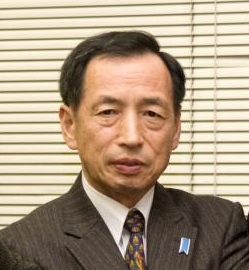










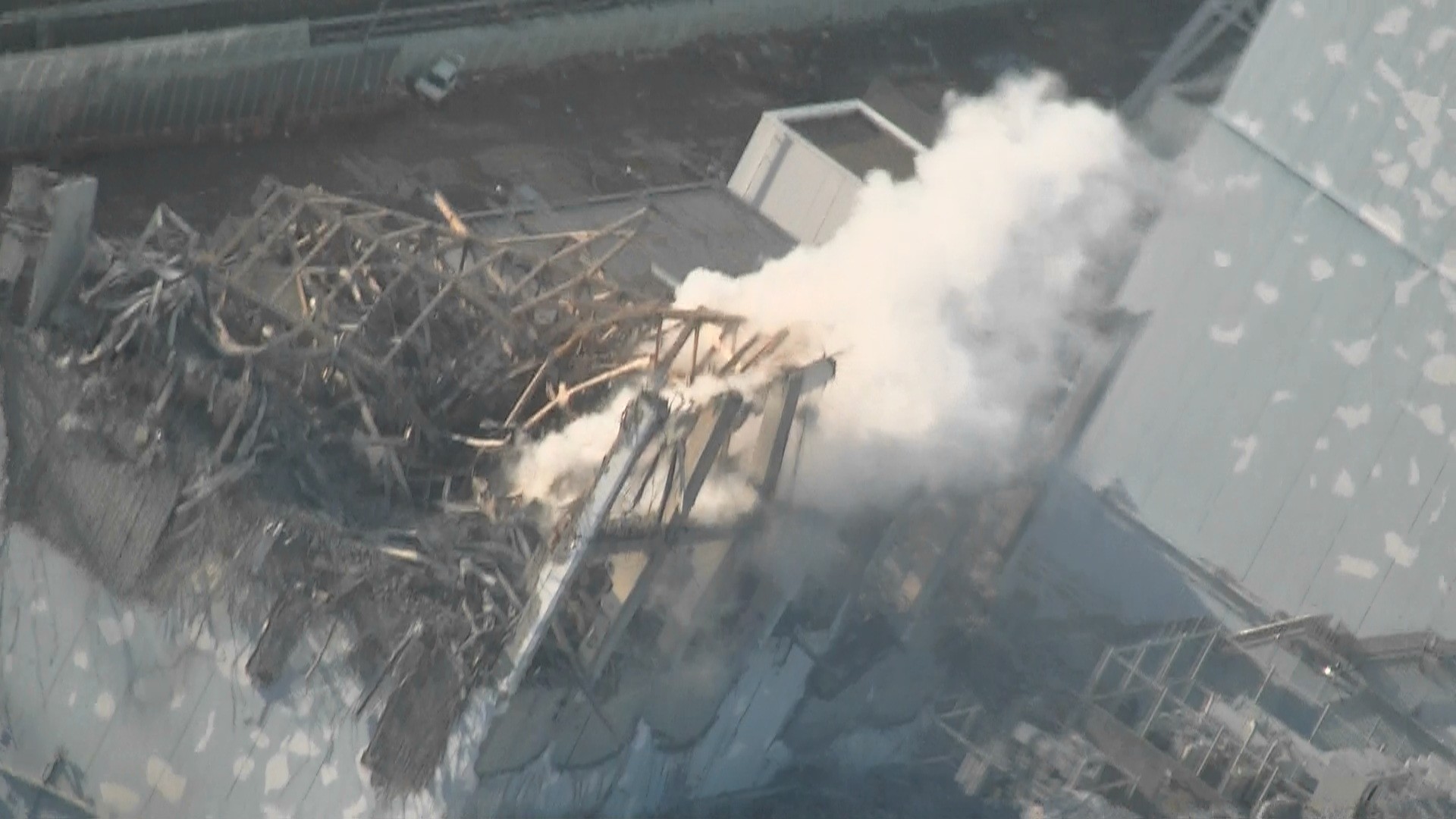
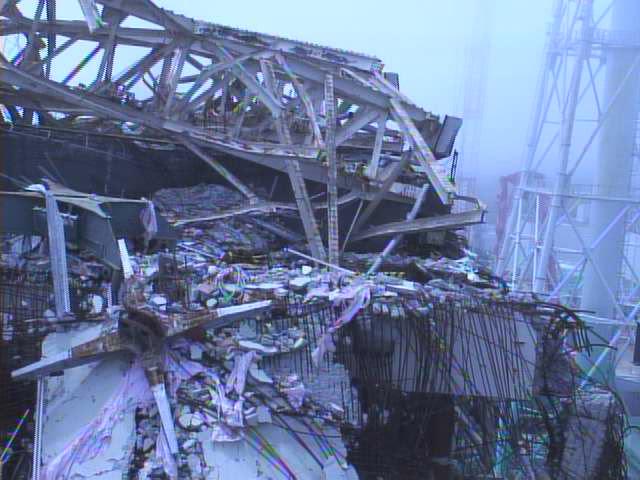
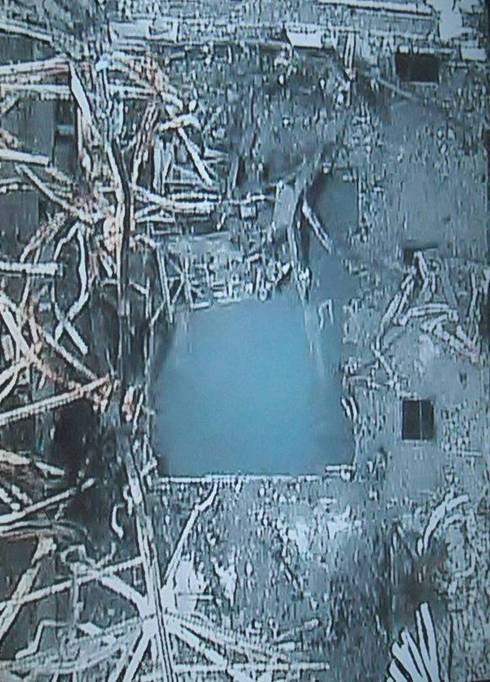
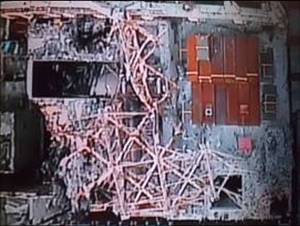






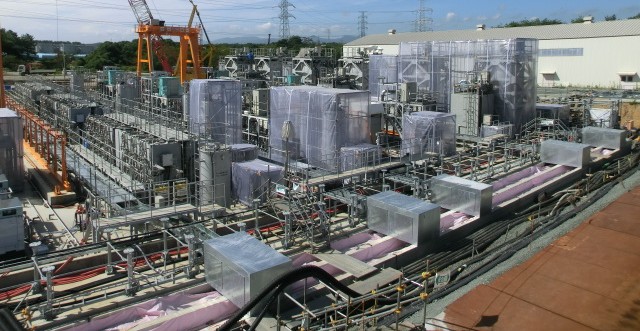
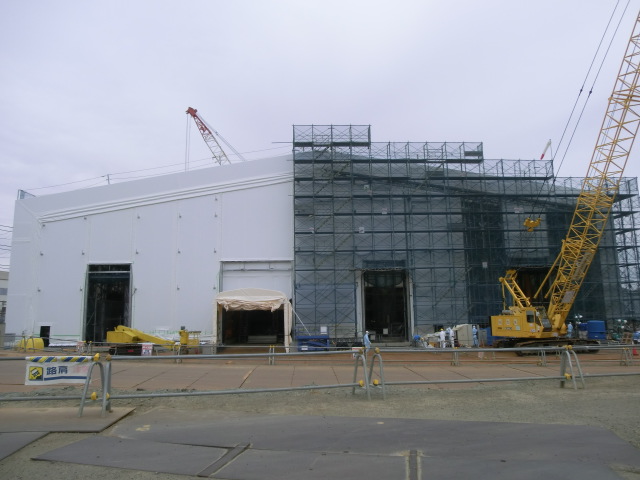
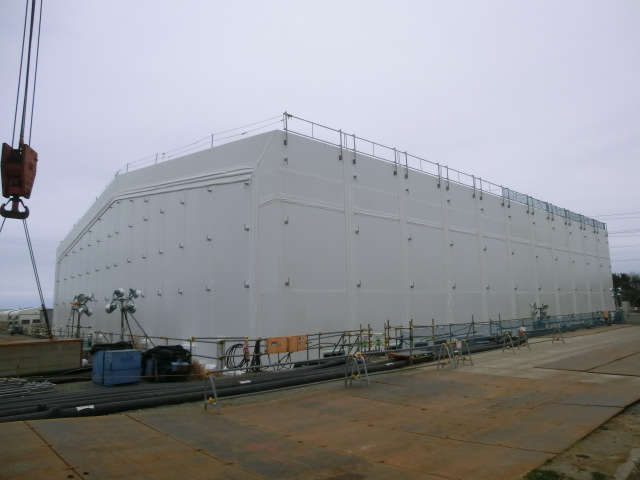





 Tokyo Time
Tokyo Time
![[Most Recent Quotes from www.kitco.com]](http://www.kitconet.com/charts/metals/gold/t24_au_en_usoz_2.gif)

